World coffee prices moved in opposite directions, robusta slightly decreased, arabica increased. In the arabica market, funds and speculators returned to increase purchases when the USDX index was favorable to invest in commodity exchanges. Robusta coffee reversed and decreased in price when hedge funds rebalanced their positions and took short-term profits.
While robusta coffee prices fluctuate hesitantly in a stable direction, arabica coffee prices have attracted increased buying from funds and speculators with a quite attractive gap and ICE-managed inventories over the past several months have not recorded any additions.
The market is currently dominated by a plethora of weather reports that are impacting global coffee production. However, in the short term, this information has not yet had an impact on the London futures market.
In Colombia, severe weather and excessive rains due to the La Nina phenomenon that has lasted for the past 18 months have caused the Foreign Agricultural Service (FAS) of the United States Department of Agriculture (USDA) to adjust the production of high-quality washed arabica coffee in the 2022/2023 crop year down 10.32% to 11.3 million bags and forecast that 10.8 million bags will be exported in the same crop year. Previously, Colombia achieved an output of 14.6 million bags in the 2016/2017 crop year and had set a production target of 15 million bags/year, but recently there has been a shortage of goods.
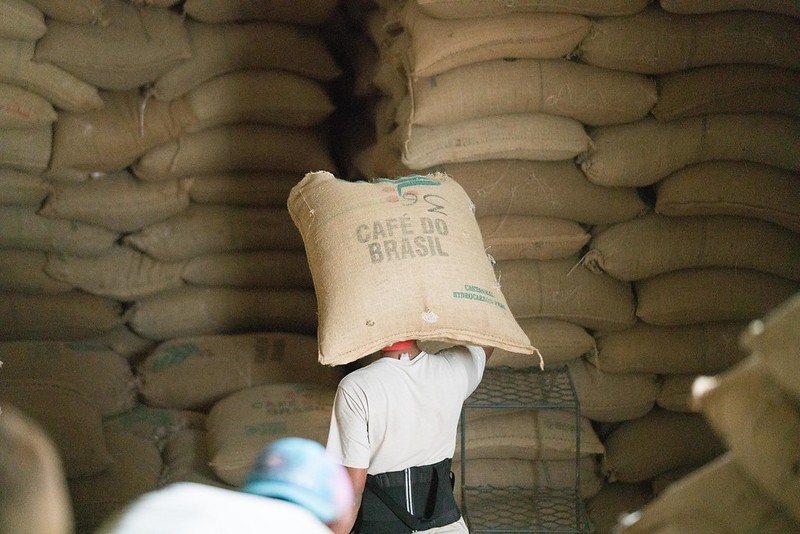 |
| Domestic coffee prices today, June 1, decreased by 100 VND/kg in some key purchasing localities. (Source: Primecoffea) |
Meanwhile, the weather in Indonesia's coffee growing regions has been very rainy and storms are forecast to disrupt the ongoing harvest.
Pressure to harvest and sell the new crop in Brazil continues to weigh on Arabica coffee, as dry conditions allow the coffee harvest to accelerate.
At the end of the trading session on May 31 on the international floor, the price of robusta coffee on the ICE Futures Europe London floor decreased slightly. The price of robusta coffee futures for delivery in July 2023 decreased by 6 USD, trading at 2,556 USD/ton. The price of delivery in September decreased by 0 USD, trading at 2,520 USD/ton. Average trading volume.
Arabica coffee prices on the ICE Futures US New York exchange turned up. The July 2023 delivery futures increased by 1.55 cents, trading at 178.65 cents/lb. Meanwhile, the September 2023 delivery futures increased by 1 cent, to 175.85 cents/lb. Trading volume increased sharply.
As of Friday, May 26, robusta coffee inventories certified and monitored by ICE – London decreased by 960 tons, or 1.15%, compared to a week earlier, to register at 81,850 tons (equivalent to 1,364,167 bags, 60 kg bags).
Domestic coffee prices today, June 1, decreased by 100 VND/kg in some key purchasing localities.
Unit: VND/kg. (Source: Giacaphe.com) |
The US dollar reversed course in the last trading session, after US President Joe Biden and House Speaker Kevin McCarthy reached an agreement to temporarily remove the public debt limit, while cutting some federal government spending for 2 years, to prevent default.
However, some market participants believe that not only is the banking sector still under stress, but many other risks to financial stability remain. The market is now waiting for non-farm payroll data due later this week, which will provide a clearer view of the strength of the US labor market.
Technical analysis on the robusta floor shows that the bearish momentum signal is still there. It is expected that in the short term, robusta coffee prices will fluctuate and accumulate within the range of 2530 - 2600. Robusta prices need to surpass the psychological resistance of 2600 and maintain above this level to have a chance to recover. On the contrary, the price range of 2495 - 2500 is the near support zone of robusta coffee prices. If this price range is lost, a downtrend can be established.
In the Arabica market, technical indicators are showing that the downward momentum is still there. In the short term, Arabica coffee prices are expected to fluctuate and accumulate within the range of 175 - 180. Arabica coffee needs to overcome the resistance level of 180 and close above this level to have a chance to recover. On the contrary, if the 174 - 175 zone is lost, a downtrend may be established.
Source







![[Photo] Prime Minister Pham Minh Chinh chairs a meeting of the Government Standing Committee to remove obstacles for projects.](https://vphoto.vietnam.vn/thumb/1200x675/vietnam/resource/IMAGE/2025/10/06/1759768638313_dsc-9023-jpg.webp)
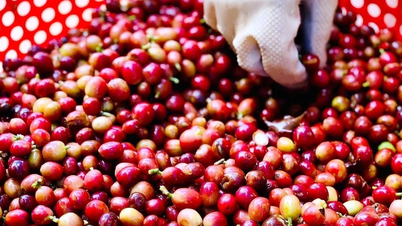




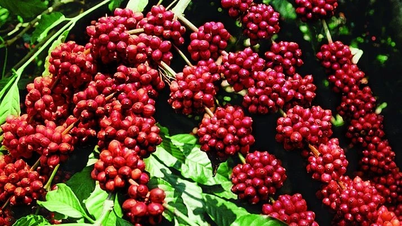
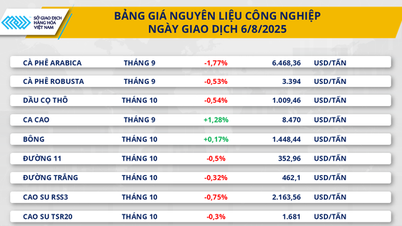

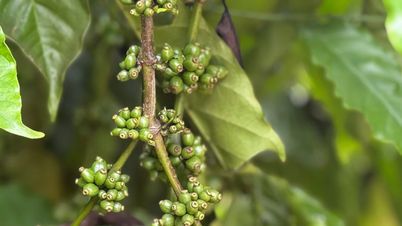




















































































Comment (0)